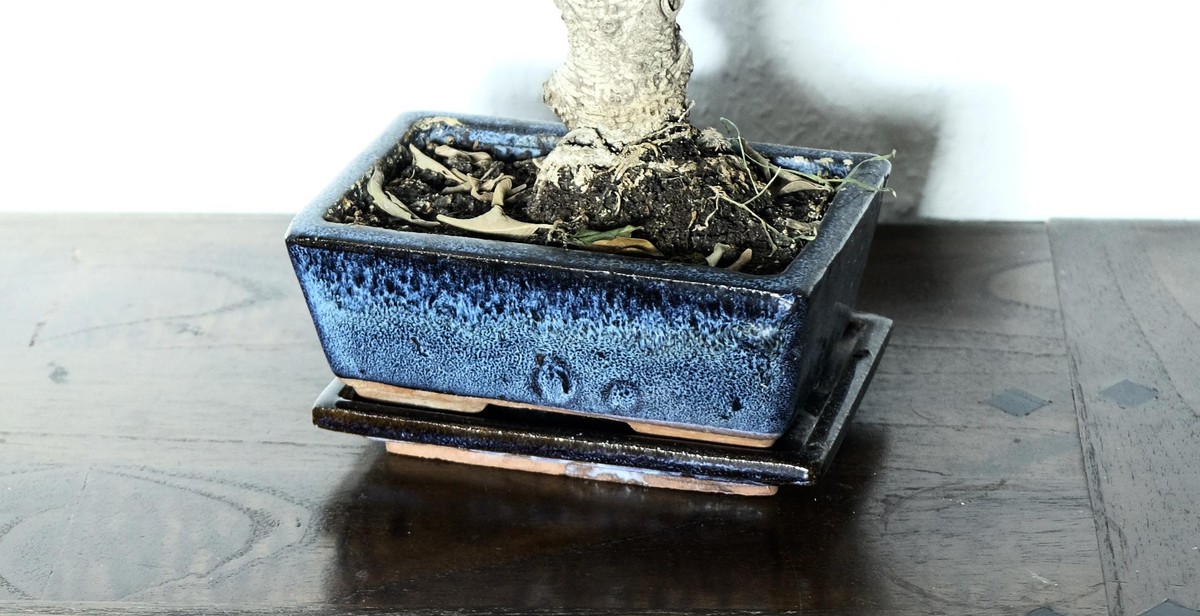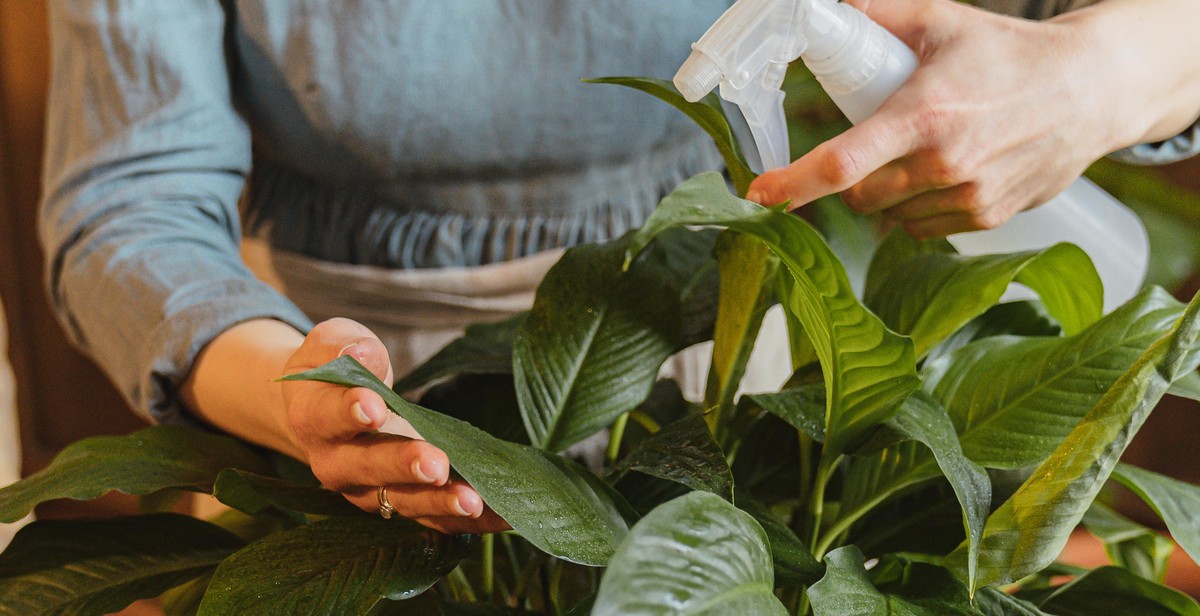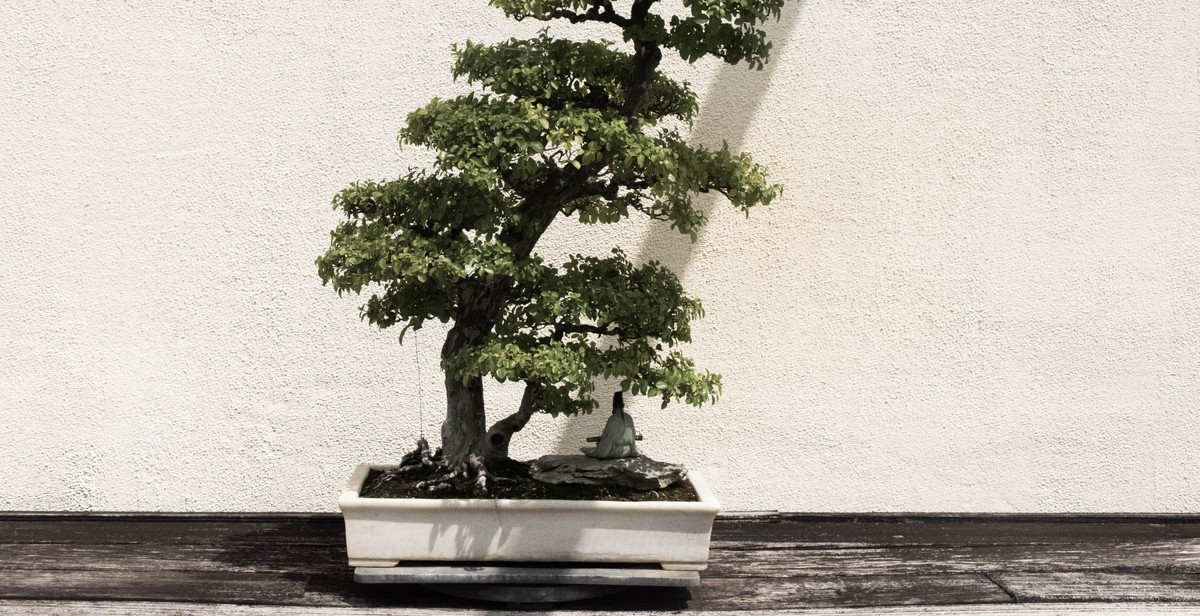Introduction
Indoor bonsai trees are miniature trees that are grown in containers and are perfect for those who want to bring a little bit of nature inside their homes. These trees not only add aesthetic appeal to your living space, but they also provide a sense of tranquility and calmness. Caring for indoor bonsai trees requires patience, attention to detail, and a little bit of knowledge about the techniques involved in cultivating these miniature trees.
The Importance of Caring for Indoor Bonsai Trees
Indoor bonsai trees require specific care to thrive and grow. Neglecting their needs can result in stunted growth, yellowing leaves, and even death. However, with proper care and attention, indoor bonsai trees can live for decades and become a cherished part of your home decor.
Techniques for Cultivating Miniature Trees
Cultivating indoor bonsai trees involves several techniques, including pruning, wiring, watering, and fertilizing. Each of these techniques plays a crucial role in the growth and development of your bonsai tree. Proper pruning and wiring can help shape your bonsai tree into the desired form, while proper watering and fertilizing can ensure that your tree receives the nutrients it needs to thrive.
With a little bit of patience and attention, caring for indoor bonsai trees can be a rewarding experience. In this article, we will explore the various techniques involved in cultivating miniature trees and provide you with tips and tricks to help you care for your indoor bonsai tree with ease.
Choosing the Right Bonsai Tree
Choosing the right bonsai tree is essential to ensure that it thrives in your indoor environment. Consider the following factors when choosing the perfect bonsai tree:
Size and Shape
Bonsai trees come in a variety of sizes and shapes, so it’s essential to choose one that fits your indoor space. If you have limited space, consider a smaller bonsai tree that can be placed on a desk or tabletop. If you have more room, a larger bonsai tree can be a beautiful centerpiece in your living room or office.
Additionally, consider the shape of the bonsai tree. Some bonsai trees are naturally upright, while others have a more cascading or twisted appearance. Choose a shape that complements your indoor space and personal style.
Select a Healthy Tree
When choosing a bonsai tree, select a healthy one that will thrive in your indoor environment. Look for a tree with vibrant green leaves or needles, and avoid ones with yellowing or brown foliage. Check the tree’s trunk and branches for any signs of damage or disease, such as cracks, splits, or discoloration.
It’s also essential to choose a bonsai tree that is appropriate for your level of experience. Some bonsai trees require more care and maintenance than others, so choose one that fits your skill level and available time.
| Tip: | Consider purchasing a bonsai tree from a reputable nursery or bonsai specialist who can provide guidance on choosing the right tree and caring for it properly. |
|---|

Providing Optimal Growing Conditions
Indoor bonsai trees require specific growing conditions to thrive. The following are essential factors that should be considered when cultivating miniature trees:
Lighting
Lighting is a crucial factor in the growth and development of indoor bonsai trees. Bonsai trees require bright, indirect sunlight to thrive. The best location for an indoor bonsai tree is near a window that receives plenty of natural light. However, direct sunlight can damage the leaves and bark, so it is essential to avoid placing the tree in direct sunlight. If natural light is not sufficient, a grow light can be used as an alternative.
Temperature and Humidity
Bonsai trees require stable temperatures and humidity levels to grow healthily. The ideal temperature range for indoor bonsai trees is between 60-75°F (15-23°C). Humidity levels should be kept between 40-60%. To maintain humidity levels, it is recommended to place the bonsai tree on a humidity tray or use a humidifier.
Airflow and Ventilation
Good airflow and ventilation are essential for the growth and health of indoor bonsai trees. Stagnant air can lead to the growth of harmful fungi and bacteria, which can damage the tree. To ensure good airflow, it is recommended to keep the bonsai tree in a well-ventilated area and avoid placing it near air conditioning or heating vents.
| Factor | Ideal Range |
|---|---|
| Lighting | Bright, indirect sunlight or grow light |
| Temperature | 60-75°F (15-23°C) |
| Humidity | 40-60% |
| Airflow | Well-ventilated area |

Watering and Fertilizing Techniques for Indoor Bonsai Trees
Watering and fertilizing are two crucial aspects of caring for indoor bonsai trees. Without proper watering and fertilizing techniques, your miniature trees will not thrive and may even die.
Watering Techniques
Overwatering and underwatering are the two most common mistakes made when it comes to watering indoor bonsai trees. The frequency of watering depends on the type of soil, size of the pot, and the species of the tree.
- Check the soil moisture level by sticking your finger about an inch deep into the soil. If it feels dry, it’s time to water.
- Water thoroughly until the water drains out of the bottom of the pot.
- Do not let the tree sit in standing water as it can lead to root rot.
- During the winter months, reduce the frequency of watering as the tree is in a dormant state.
Fertilizing Techniques
Bonsai trees require regular fertilization to promote healthy growth and development. Fertilizers provide the necessary nutrients that may not be available in the soil.
- Use a balanced liquid fertilizer or slow-release pellets specifically designed for bonsai trees.
- Fertilize once a month during the growing season (spring to fall) and reduce or stop fertilizing during the winter months.
- Do not fertilize a newly transplanted tree for at least six weeks to avoid burning the roots.
- Follow the instructions on the fertilizer package and do not over-fertilize as it can damage the tree.
| Watering Techniques | Fertilizing Techniques |
|---|---|
| Check soil moisture level | Use a balanced liquid fertilizer or slow-release pellets |
| Water thoroughly until drainage | Fertilize once a month during growing season |
| Avoid standing water | Avoid fertilizing newly transplanted trees for 6 weeks |
| Reduce watering during winter months | Follow instructions on fertilizer package |

Pruning and Shaping
Pruning and shaping are essential techniques for maintaining the health and appearance of indoor bonsai trees. Here are some tips and tools for pruning and shaping your miniature trees:
Tools and Techniques
Before you begin pruning and shaping your bonsai tree, make sure you have the right tools on hand. These include:
- Bonsai shears: These specialized scissors are designed for precision pruning.
- Bonsai wire: This thin wire is used to shape branches and trunk.
- Bonsai knob cutters: These cutters are used to remove knobs or unwanted growth.
When pruning, use sharp and clean bonsai shears to make a clean cut. Avoid tearing the bark or leaving a jagged edge, as this can lead to disease and infection.
When shaping, use bonsai wire to gently bend the branches and trunk into the desired position. Be careful not to apply too much pressure, as this can damage the tree.
Pruning and Shaping Tips
Here are some tips for pruning and shaping your indoor bonsai tree:
- Prune regularly: Pruning encourages new growth and helps maintain the tree’s shape.
- Prune in the spring or fall: These are the best times to prune, as the tree is less likely to go into shock.
- Remove dead or diseased branches: This will prevent the spread of disease and improve the tree’s overall health.
- Shape gradually: Don’t try to shape the tree all at once. Instead, make small adjustments over time to avoid damaging the tree.
- Use guy wires: If a branch is too thick to bend with wire, use a guy wire to gradually pull it into position.
By following these pruning and shaping tips and using the right tools, you can keep your indoor bonsai tree healthy and beautiful for years to come.

Repotting and Soil Maintenance
Repotting and soil maintenance are crucial for the health and growth of indoor bonsai trees. Here are some tips on when to repot, how to repot, and soil maintenance:
When to Repot
Bonsai trees should be repotted every one to three years, depending on the age and size of the tree. Signs that it’s time to repot include roots growing out of the drainage holes, the soil drying out quickly, and stunted growth.
How to Repot
When repotting a bonsai tree, gently remove it from its current pot and remove any old soil and dead roots. Trim the remaining roots to fit the new pot and add fresh soil. Water the tree thoroughly and place it in a shaded area for a few weeks to recover.
Soil Maintenance
The soil used for bonsai trees should be well-draining and nutrient-rich. It’s important to regularly check the soil moisture level and water the tree when it’s dry. Fertilizer should also be added to the soil every two weeks during the growing season.
| Tip: | Use a bonsai soil mix that consists of akadama, pumice, and lava rock for optimal drainage and aeration. |
|---|
By following these tips for repotting and soil maintenance, your indoor bonsai tree will thrive and continue to grow for years to come.

Pests and Diseases
Common Pests
Indoor bonsai trees are susceptible to several pests, including:
- Spider mites: These tiny pests are difficult to see with the naked eye and can cause discoloration and webbing on the tree’s leaves.
- Scale insects: These pests appear as small, brown bumps on the tree’s leaves and stems and can cause yellowing and leaf drop.
- Mealybugs: These pests look like small, white cotton balls and can cause stunted growth and leaf drop.
Prevention and Treatment
The best way to prevent pests is to keep your indoor bonsai tree healthy and stress-free. Make sure to water it properly, fertilize it regularly, and keep it in a well-lit area that’s free from drafts.
If you do notice pests, the first step is to isolate the affected tree to prevent the infestation from spreading. Then, you can try one of the following treatments:
- Insecticidal soap: This non-toxic spray can be effective against spider mites, scale insects, and mealybugs.
- Neem oil: This natural oil can be used to treat a variety of pests and diseases, including spider mites, scale insects, and mealybugs.
- Systemic insecticides: These chemicals are absorbed by the tree’s roots and can provide longer-lasting protection against pests.
It’s important to follow the instructions carefully when using any pest control product, and to monitor your tree closely for any signs of further infestation or damage.
Conclusion
Caring for indoor bonsai trees is a fun and rewarding hobby that requires patience, dedication, and knowledge. By following the techniques and tips outlined in this article, you can cultivate healthy and beautiful miniature trees that will last for years to come.
Remember to choose the right species of bonsai tree for your environment, provide adequate lighting and humidity, and prune and shape your tree regularly to maintain its form and health. Additionally, fertilize your bonsai tree appropriately and repot it every few years to keep it healthy and thriving.
While caring for indoor bonsai trees can be challenging, it is also a great way to connect with nature and bring a sense of calm and tranquility to your home or office. With a little bit of effort and dedication, you can create a beautiful and thriving mini ecosystem that will be the envy of all your friends and family.
So, why not give indoor bonsai tree cultivation a try? Who knows, you may just discover a new passion that will bring joy and beauty to your life for years to come.
| Key Takeaways: |
|
